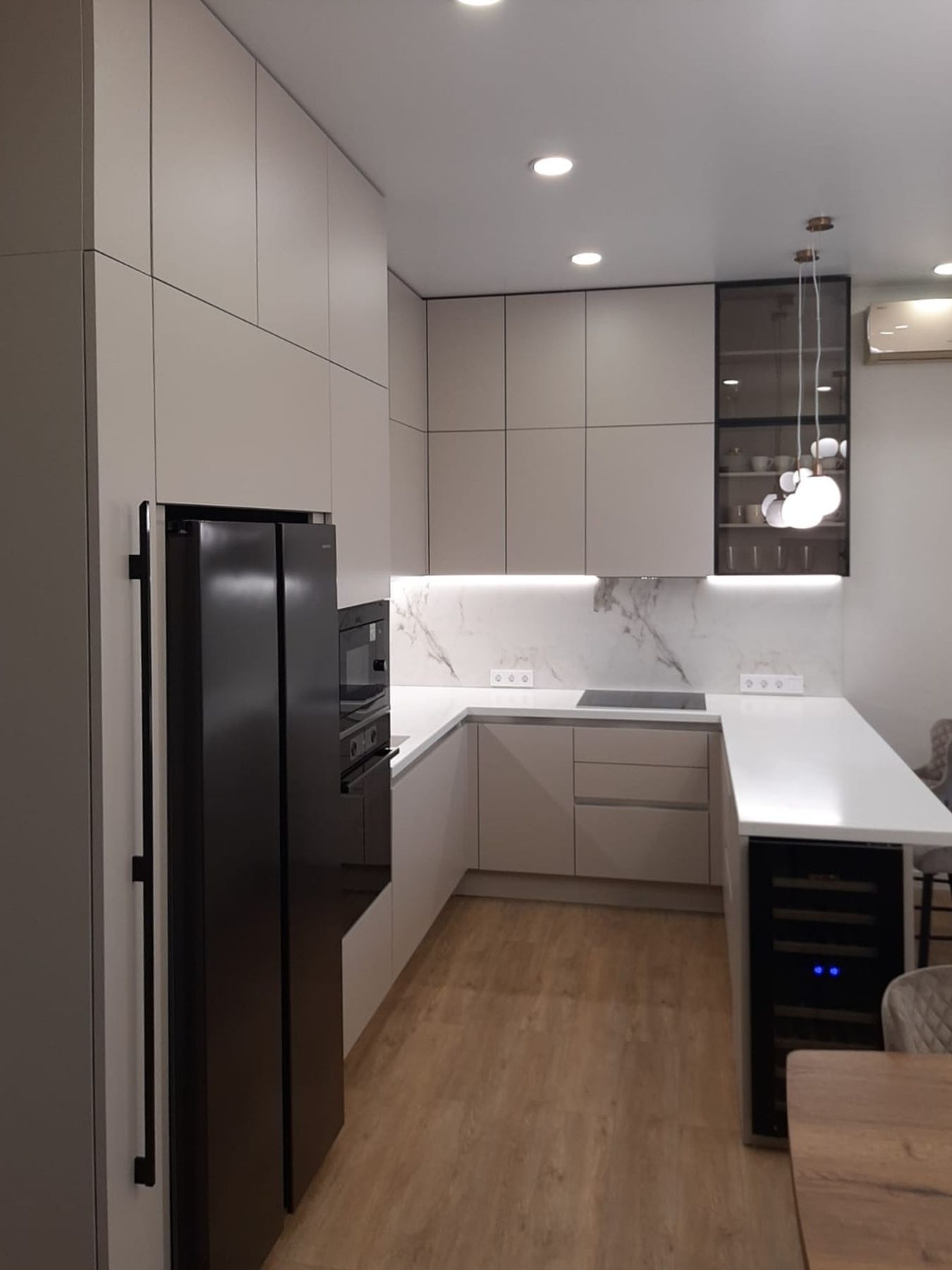
Culinary Spaces Reimagined: Perfecting the Art of Modern Kitchen Design
In the world of interior design, the kitchen holds a place of prominence as the heart of the home. With the evolution of lifestyle and technology, culinary spaces have undergone a transformation that not only caters to the practical aspects of cooking but also to the aesthetics and experience of the space. In this discourse, we delve into how culinary spaces can be reimagined to create the perfect blend of form and function.
The Shift to Open-Plan Kitchens
The traditional view of the kitchen as a secluded space meant solely for cooking has been replaced by the concept of open-plan kitchens that seamlessly integrate with living areas. This architectural shift encourages social interaction, making the kitchen a communal area where family members and guests can gather and engage in a meal's preparation. The openness of the layout fosters communication, making it an inviting space that enhances the dining experience.
Technology Integration in Modern Kitchens
Technological advancements have found their way into kitchen design, helping to streamline daily tasks and add convenience. Smart appliances that can be controlled remotely, state-of-the-art ventilation systems, and innovative storage solutions are just a few examples of how technology can be integrated to create a culinary space that is highly functional and cutting-edge.
Creating a Sustainable Kitchen Environment
Sustainability has become a critical factor in kitchen design. Eco-friendly materials, energy-efficient appliances, and waste-reduction methods are now at the forefront of crafting a modern kitchen. Designers are focusing on ways to minimize environmental impact while ensuring that the space remains practical and beautiful.
Material and Texture: The New Palette
The choice of materials and textures plays a vital role in giving a kitchen its unique character. Natural stone countertops, wooden cabinets, and metallic accents combine to create a rich visual and tactile experience. By mixing and matching different materials, designers can produce a culinary space that is both warm and modern, appealing to the senses in every way.
Ergonomics: Prioritizing Comfort and Efficiency
A well-designed kitchen prioritizes ergonomics to ensure the comfort and efficiency of its users. The height of countertops, the placement of appliances, and the flow of movement within the space are all carefully considered to reduce physical strain and create a more enjoyable cooking experience.
Personalization: Making the Space Your Own
Finally, personalization is key to creating a space that reflects the individuality of the homeowner. From custom cabinetry to unique backsplashes and statement lighting fixtures, there are numerous ways to imprint one's personal style onto the kitchen. This customization makes the kitchen not just a place for food preparation but a reflection of one's lifestyle and taste.
Conclusion
The reimagination of culinary spaces is an ongoing journey that blends innovation with tradition. As we embrace new technologies, materials, and layout concepts, we are gifted with kitchens that are not only efficient and sustainable but also aesthetically pleasing and deeply personal. The perfect culinary space is one that celebrates the act of cooking while honoring the uniqueness of those who bring it to life.